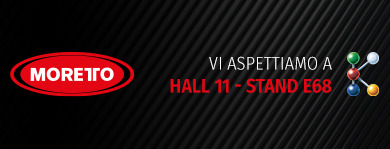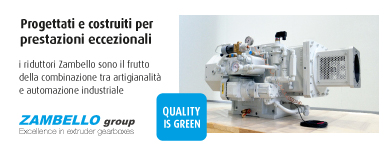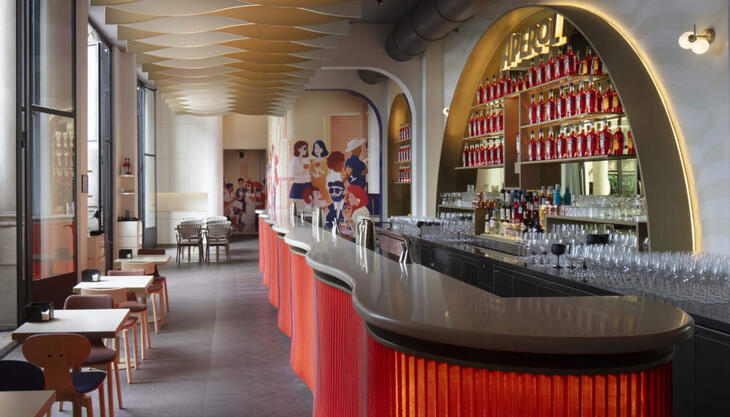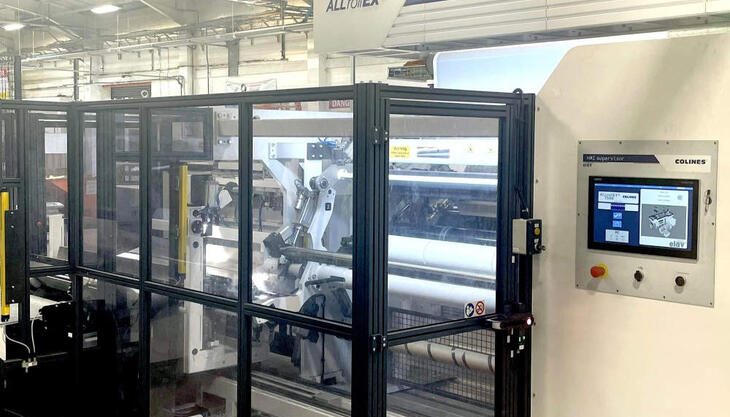On May 8, CMG, manufacturer of granulators and shredders, turned 40 and, to celebrate this milestone invited customers, representatives and members of the press to an event held at its Budrio (Bologna, Italy) headquarters and at the Museo Enzo Ferrari in Modena. The celebrations started in the morning with a tour of the departments and the test room at its production facilities, and continued in the afternoon, at the museum, with a look back over the company’s history and a presentation of its range of machines.
The roots of CMG actually go back to the 1950s - to the Italy of the postwar years that managed, in a short space of time, to transform itself from a mainly agricultural country into an emerging industrial economy. Indeed, 1953 was the year in which Francesco Martelli and Armando Testoni founded, in Budrio, “Ingegner Testoni e Martelli”, a company manufacturing agricultural machinery, in which Francesco’s son Vittorio, still a student at the time, began working as a delivery boy during his summer holidays. Vittorio Martelli finally joined the company in 1958, and in 1972, following the death of Francesco, took over his father’s position in the company. It was a period of hard work and change, during which Vittorio acquired, from a friend, the packaging company Mac Pack, and sold his stake in “Ingegner Testoni e Martelli” to Armando Testoni, while retaining ownership of the premises. These developments set him on the road that would lead him to found CMG.
The company CMG started life in 1979. Its name was the acronym of the surnames of the two founders: Canè Martelli (this was Vittorio’s full surname) and Guidazzoli, an engineer with a background in mining. The company lost no time in broadening its horizons and in 1980 began working with Negri Bossi on the construction of certain injection unit components. The following year, Negri Bossi commissioned CMG to study and build granulators capable of grinding the sprues and rejects generated by the injection moulding process, so as to ensure that all waste material was recovered. To this end, Negri Bossi sent GMG several granulators produced by Cumberland (another company in its group), so that they might study their technology and operation with a view to reproducing these features on CMG machines. Subsequently, in 1983, the company was entrusted with the production of Cumberland’s own granulators. This was the start of a profitable and solid working relationship that lasted a full 16 years, during which time CMG acquired the know-how and experience that gave it the basis for its subsequent evolution. In 1999, when Cumberland was taken over by the American group AEC Sterling, the cooperation came to an end and CMG began producing
own-brand granulators. Finally, in 2009, the company decided to target more specifically the plastics recycling market, and pour all its energies into shredders, including large capacity models with outputs of up to 6,000 kg per hour. The rest is recent history.























